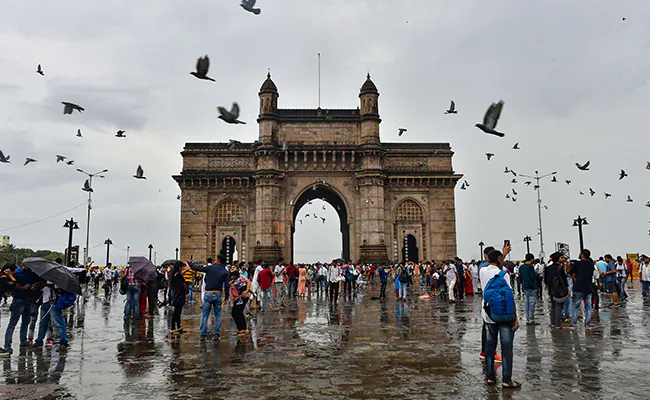Five Indian Cities Face Rising Threat from Sinking Land
Related Articles
Silver Surges to Record High of Rs 1.91 Lakh per Kg
The price of silver and gold has been in discussion for over a week now, but on Wednesday, silver broke all past records for...
यूके में फैला Winter Flunami का प्रकोप: अस्पतालों में मास्क दोबारा अनिवार्य
यूके में इस समय फ्लू, कोविड जैसे वायरसों और अन्य सांस से संबंधित संक्रमणों के मामलों में तेज़ वृद्धि दर्ज की जा रही है।...
Uttar Pradesh Emerges as a Major Digital Hub Under CM Yogi’s Policy Push
Uttar Pradesh is witnessing unprecedented momentum in its digital and technological sectors, with the state positioning itself as a major destination for IT investments,...


